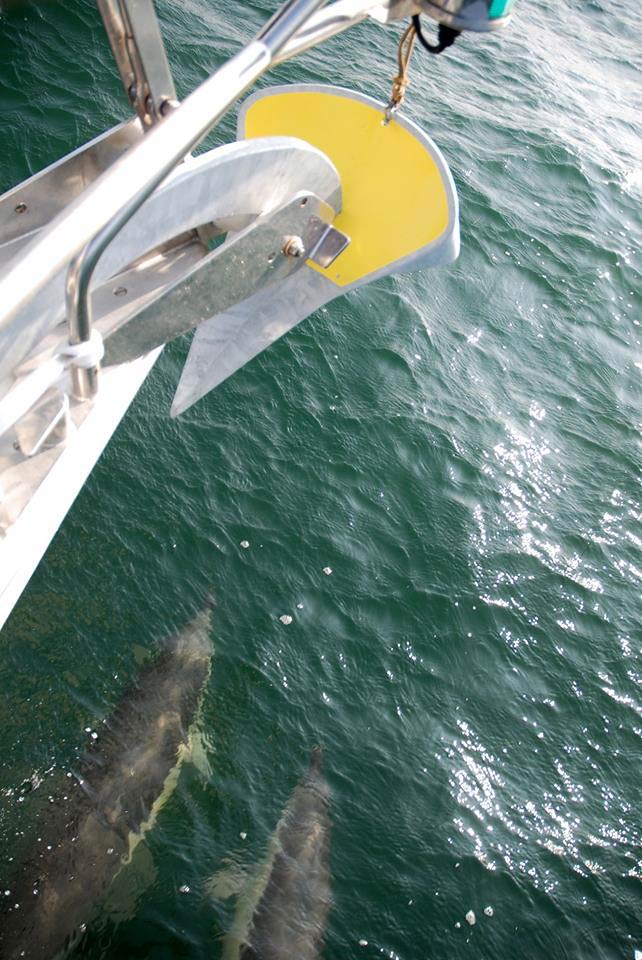Spade Anchors are hassle-free boat anchors that require no special techniques or mooring lines: sit back and let their self-launching design go to work. Their concave-shaped design digs deep into the sea floor, and once they’ve made contact with the sea bottom, these anchors set into place and will not budge. Time and time again, independent testing confirms this. So you can see how well the anchor holds into the seabed, each beautifully curved anchor is a bright shade of yellow.
Plough-shaped anchors plough the sea floor as they move through it – hence their name. SPADE anchors by name and by action, dig deeply into the sea floor. Once they are within the sea floor, the concave shape of SPADE anchors compacts the sea floor and does not move!
The Manufacturer of the SPADE anchor never refers to an anchor’s weight but instead to its effective surface area. A SPADE anchor’s remarkable efficiency is due to its effective surface size and shape. SPADE anchors of the same surface area will have the same holding power, no matter the material.
The SPADE anchor come in three materials (Steel, Aluminum, and Stainless Steel) and ten sizes. Hi-tensile steel versions are hot-dip galvanized. All SPADE anchors of the same size, regardless of their material, will work with the same efficiency.

01
Hassle-Free
You need no special mooring line or anchoring technique. Set it and forget it: Free Limited Lifetime Craftsmanship Warranty and 6 Month Performance Warranty with every Spade Anchor.
02
Visual Satisfaction
The bright yellow colour provides the ease of visually checking how well the anchor is dug in. Robust design and beautiful curves make the Spade Boat Anchor stunning on your bow.
03
Ease of Use
The anchor effortlessly self-launches and self-retrieves itself. Aggressive, quick-setting action due to a lead-weighted tip makes the Spade Anchor easy to use.
All models meet the seven safety criteria:
- 1. The anchor must dig in rapidly, regardless of the type of sea bottom.
- 2. The anchor must bury itself deeply within the bottom.
- 3. Once set, the anchor must give the maximum holding power without dragging.
- 4. If the traction force exceeds the bottom holding characteristics, the anchor must offer constant and maximum resistance to dragging – even if it moves under extreme load.
- 5. The anchor must keep on holding, regardless of the shift in either the wind’s or the current’s direction.
- 6. The anchor design must not allow the anchor rope to become snagged by the anchor.
- 7. The anchor must be strong enough to withstand high loads.


